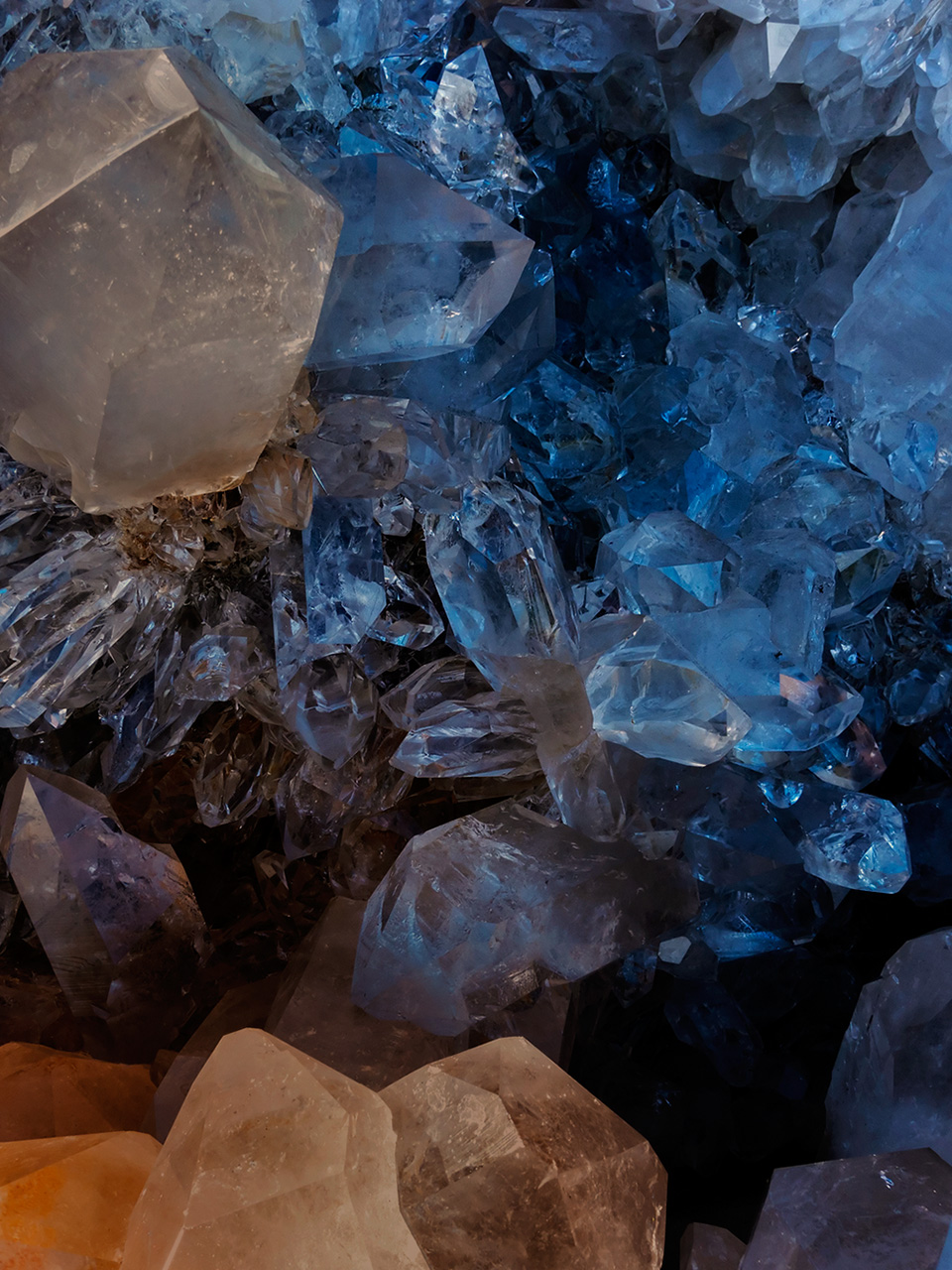
Tap to Read ➤
Interesting Facts About the Giant Crystal Cave in Mexico
Jyoti Babel


The Giant Crystal Cave or the Cave of the Crystals, also known as ‘Cueva de los Crystals’ in Spanish is a horseshoe-shaped cave connected to the Naica Mine 300 meters below the ground in the Mexican State of Chihuahua.

With huge selenite crystal blocks jutting out of the cave’s roof, floor and walls, the Giant Crystal Cave is one of the most spectacular geological discoveries of the recent times.
The largest of the cave’s crystal found till date is 39 feet in length, 13 feet in diameter and weighs approximately 55 tons.
The largest of the cave’s crystal found till date is 39 feet in length, 13 feet in diameter and weighs approximately 55 tons.

Even though the cave is singularly referred to as the Cave of the Crystals or the Giant Crystal Cave, it is made up of three co-joined cave chambers, one of which is much bigger than the other two.

Situated near a mining area, the Giant Crystal Cave was discovered in the year 2000 by two miner brothers Eloy and Javier Delgado. The cave is located right under a smaller crystal cave that was already discovered way back in 1910.

There are other similar caves in the vicinity like the Ice Palace, Candles Cave, Cave of the Swords, and Queen’s Eye that house crystals but the crystals found in them are no match to the crystal columns of the Giant Crystal Cave.

What Led to Its Discovery?
The Naica mine area is rich in silver, zinc and lead. For further exploration of the mine, a new tunnel was being excavated by the mining company Industrias Peñoles that needed them to pump water out of the mine.

The pumping also led to the removal of water from the crystalline caves and the two miner brothers working for the company walked into these caves on foot while following traces of silver.

Beautiful but Deadly
The Giant Cave of Crystals is eerily beautiful but the environment inside is highly deadly for humans.
The cave is characterized by an extremely high temperature of 58°C (136°F) and a humidity level of 99% making it impossible for humans to endure the environment any more than 10 minutes at a given time without proper clothing.
The cave is characterized by an extremely high temperature of 58°C (136°F) and a humidity level of 99% making it impossible for humans to endure the environment any more than 10 minutes at a given time without proper clothing.

Research
Equipped with protective gear, scientists and geologists have been able to procure samples of the crystals while the cave was accessible to find clues about any life form that might be fossilized in the crystal columns.

In the year 2017, researchers revealed that they found dormant microbes in the crystal samples collected from the cave and that some of them did not match any known lifeform known on the planet.

It was estimated that these microbes could be anywhere around 10,000 to 50,000 year old. These microbes could survive the most extreme conditions and were referred to as extremophiles.

How the Crystal Formation Happened?
The mine and cave are situated right above a huge magma chamber that runs several miles deep into the earth making the cave extremely hot.
The area is rich in sulfur and other minerals found in volcanic deposits; also the groundwater is found to be rich in sulfur ions.
The area is rich in sulfur and other minerals found in volcanic deposits; also the groundwater is found to be rich in sulfur ions.

The mixing of ground water and fresh water from rains leads to the formation of sulfates. Gypsum, a part of the sulfate family found the ideal conditions of heat, humidity and mineral content; it gradually crystallized into selenite columns.

Geologists claim that it has taken 50,000 years of ideal conditions for the crystal columns to grow into the towering size they were found in.
The pumping out of mineral-rich water from the caves raised concerns that it would compromise the structural integrity of the columns and that they will cease to grow.
The pumping out of mineral-rich water from the caves raised concerns that it would compromise the structural integrity of the columns and that they will cease to grow.

In the year 2017, the mining operations in Naica were ceased and the cave was reflooded with groundwater. It is believed that it will help in preserving the crystals.

One cannot, however, rule out that with re-flooding new organisms have been introduced in the cave’s environment. In case of future studies, should the water be pumped out of the caves again, the scientists will likely face a new mix of lifeforms in the crystals.